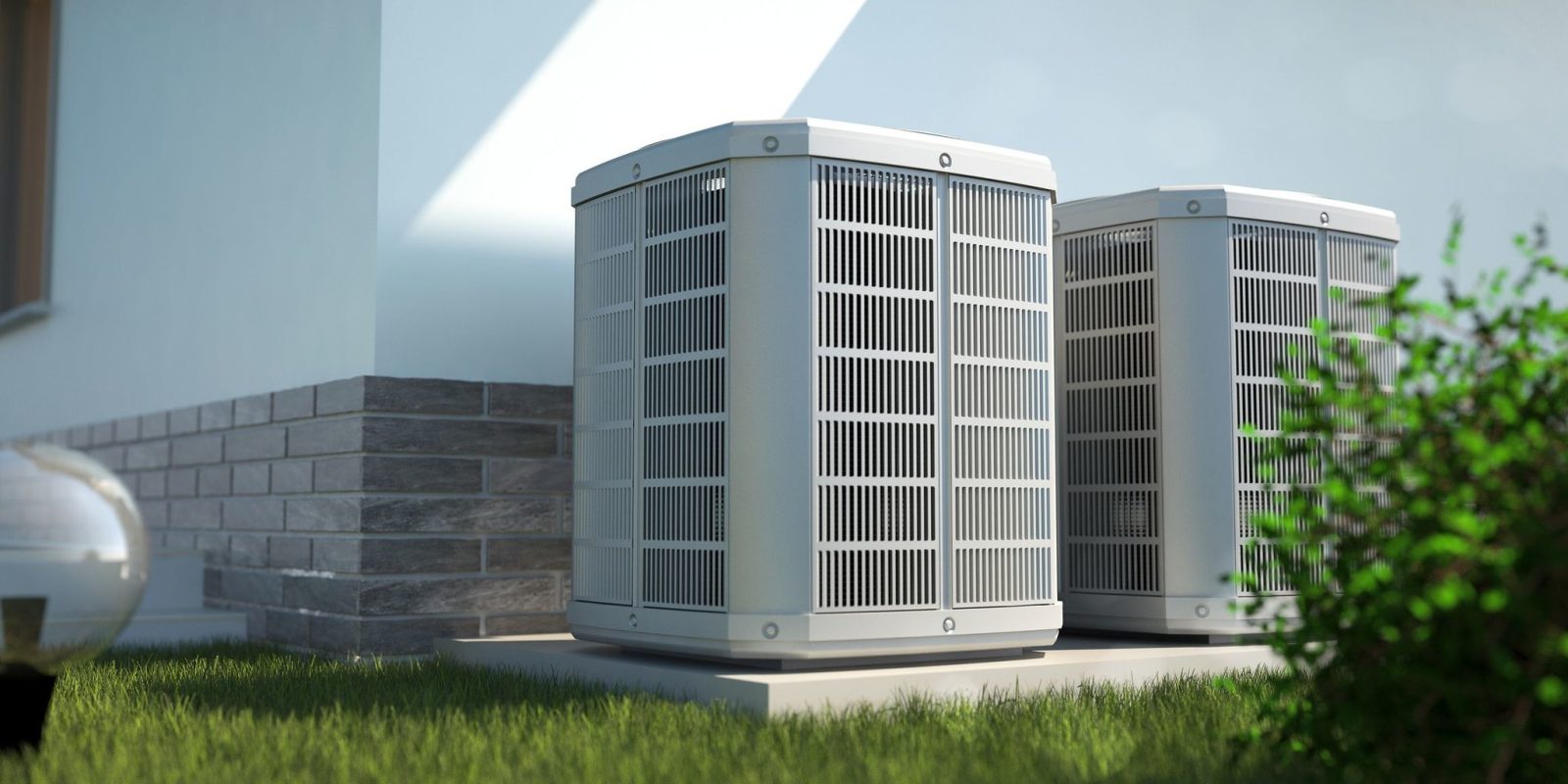
Contrary to popular belief, air-source heat pumps can work very well in cold climates. They’re now the best choice for energy efficiency and reducing heating bills, and that’s why their adoption is going to grow quickly in colder countries.
Growth potential for cold-climate heat pumps
Even when it’s below zero, there is still heat in the air, so during colder months, heat pumps extract outdoor air and move it to the inside of a home. In warmer months, the heat pump acts like an air conditioner, removing heat from the air inside a home and transferring it outside.
A regular heat pump running on electricity may lose efficiency and performance when the outside temperature is below freezing, but a cold-climate heat pump achieves better heating performance than a conventional one. (A heat pump installer here in Vermont told me that they work efficiently to -15F.)
However, no clear guidelines or standards exist for cold-climate heat pumps, and many installers are not yet fully aware of the distinction between a regular heat pump and a cold-climate heat pump. So, the generic heat pump is still being installed in colder areas. This gives the cold-climate heat pump substantial growth potential, and manufacturers will need to take advantage of market opportunities by educating stakeholders.
Global outlook for heat pumps
According to a new report from Guidehouse Insights, a market intelligence and advisory firm that covers the global energy transformation, the heat pump market in cold climates in North America, Europe, and Asia-Pacific for both regular and cold-climate heat pumps is expected to grow from $6.57 billion in 2022 to $13.11 billion in 2031 at a compound annual growth rate of 8%.
The researchers write in the report’s executive summary:
Northern Europe’s cold-climate regions are expected to lead market growth, expanding from $2.51 billion in 2022 to $5.93 billion in 2031 at a CAGR of 10%. North America is expected to follow. As electrification trends move forward there, the HP market is anticipated to grow from $1.46 billion in 2022 to $3.31 billion in 2031 at a CAGR of 9.6%. Although the cold-climate regions in Asia Pacific have the largest market size in 2022, the HP market there shows the lowest growth rate, so the European market is expected to outpace it by 2031. The Asia Pacific HP market is expected to grow from $2.60 billion in 2022 to $3.86 billion in 2031 at a CAGR of 4.5%.
The executive summary notes that “market drivers include policy support, clean heating, high efficiency in certain conditions, technology innovation, utilization during heat waves, and increased
renewable power generation.”
It also says that “market barriers include high electricity prices, a heating culture that rejects
the technology, technological limits, lack of clear cold-climate heat pump guidelines, a shortage of experts and a lack of awareness, and a lack of product type in certain regions.”
Check out this guide from Northeast Energy Efficiency Partnerships to learn more about heat pumps.
Read more: These new, affordable electric heat pumps can easily replace gas boilers
Photo: yourlocalsparky/flickr
UnderstandSolar is a free service that links you to top-rated solar installers in your region for personalized solar estimates. Tesla now offers price matching, so it’s important to shop for the best quotes. Click here to learn more and get your quotes. — *ad.
FTC: We use income earning auto affiliate links. More.




Comments